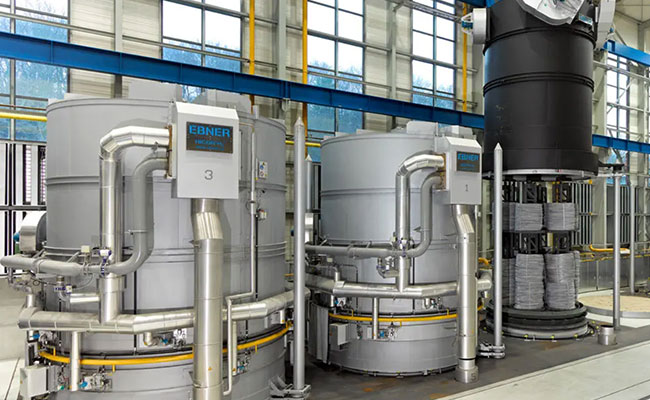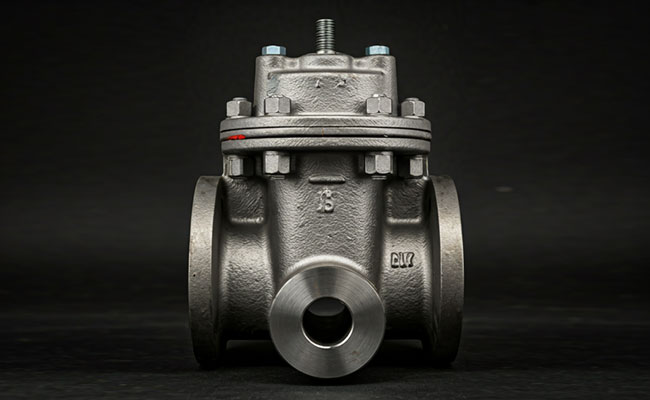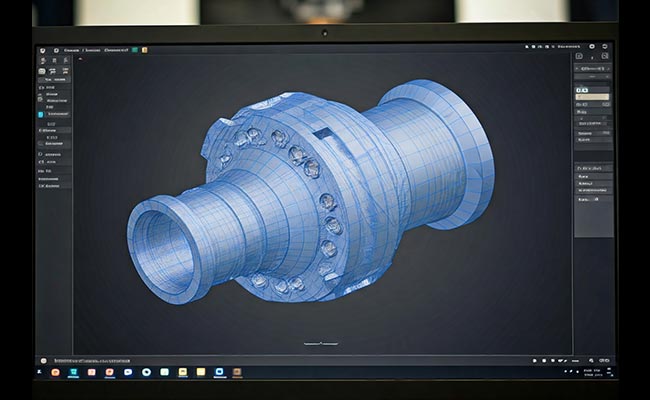
How casting mold is being made
2024-06-24
Heat Treatment: Quench and Tempering – The Path to Stronger Steel
2024-07-08Heat treatment emerges as a pivotal process. Among its various techniques, annealing stands as a cornerstone, offering a delicate balance of artistry and scientific precision to refine the properties of metals. Through controlled heating and cooling, annealing unlocks the latent potential of metals, imbuing them with enhanced mechanical, physical, and even electrical characteristics.
Understanding Annealing:
Annealing is a heat treatment process employed to alter the microstructure of metals, typically aimed at softening them and relieving internal stresses. Unlike processes like quenching or tempering that focus on hardening metals, annealing seeks to refine their structure, making them more malleable, ductile, and resistant to fracture.
The Annealing Process:
Annealing unfolds in several distinct stages, each carefully orchestrated to achieve optimal results:
Heating: The metal undergoes gradual heating to a specific temperature, allowing for uniform distribution of heat throughout the material. This slow heating minimizes the risk of thermal shock and ensures that the entire metal reaches the desired temperature.
Soaking: Once the annealing temperature is attained, the metal is held at this threshold for a predetermined duration, known as the soaking period. During this phase, atoms within the metal migrate, relieving internal stresses and promoting the formation of a more refined microstructure.
Cooling: Following the soaking phase, the metal is slowly cooled down, often in a controlled environment to prevent rapid quenching. The cooling rate is carefully managed to avoid structural defects or unintended changes in the material’s properties.
Benefits of Annealing:
The advantages of annealing are manifold and extend across various aspects of metalworking:
Improved Machinability: Annealing renders metals softer and more machinable, reducing tool wear and enhancing surface finish during machining operations.
Enhanced Ductility: Annealed metals exhibit increased ductility, enabling them to undergo deformation without fracturing, a crucial attribute in forming and shaping processes.
Refinement of Microstructure: Annealing promotes the formation of a fine and uniform grain structure within the metal, leading to improved mechanical properties such as strength, toughness, and resilience.
Stress Relief: Internal stresses accumulated during manufacturing processes or previous treatments are alleviated through annealing, mitigating the risk of distortion, warping, or premature failure.
Applications of Annealing:
Annealing finds diverse applications across numerous industries and manufacturing processes:
Steel Production: Annealing is integral to the production of steel, facilitating grain refinement and imparting desired mechanical properties for applications ranging from automotive components to structural beams.
Metal Forming: Prior to forming operations like bending, stamping, or deep drawing, annealing prepares metals by rendering them more malleable, reducing the likelihood of cracking or springback.
Electrical Engineering: Annealing is crucial in the fabrication of electrical conductors and components, where it enhances conductivity and magnetic properties while minimizing eddy currents and losses.
Precision Manufacturing: In the realm of precision engineering, annealing ensures dimensional stability and uniformity in critical components such as gears, bearings, and surgical instruments.
As industries continue to push the boundaries of innovation, the art and science of annealing remain indispensable, guiding the evolution of metallurgy and shaping the future of manufacturing.




